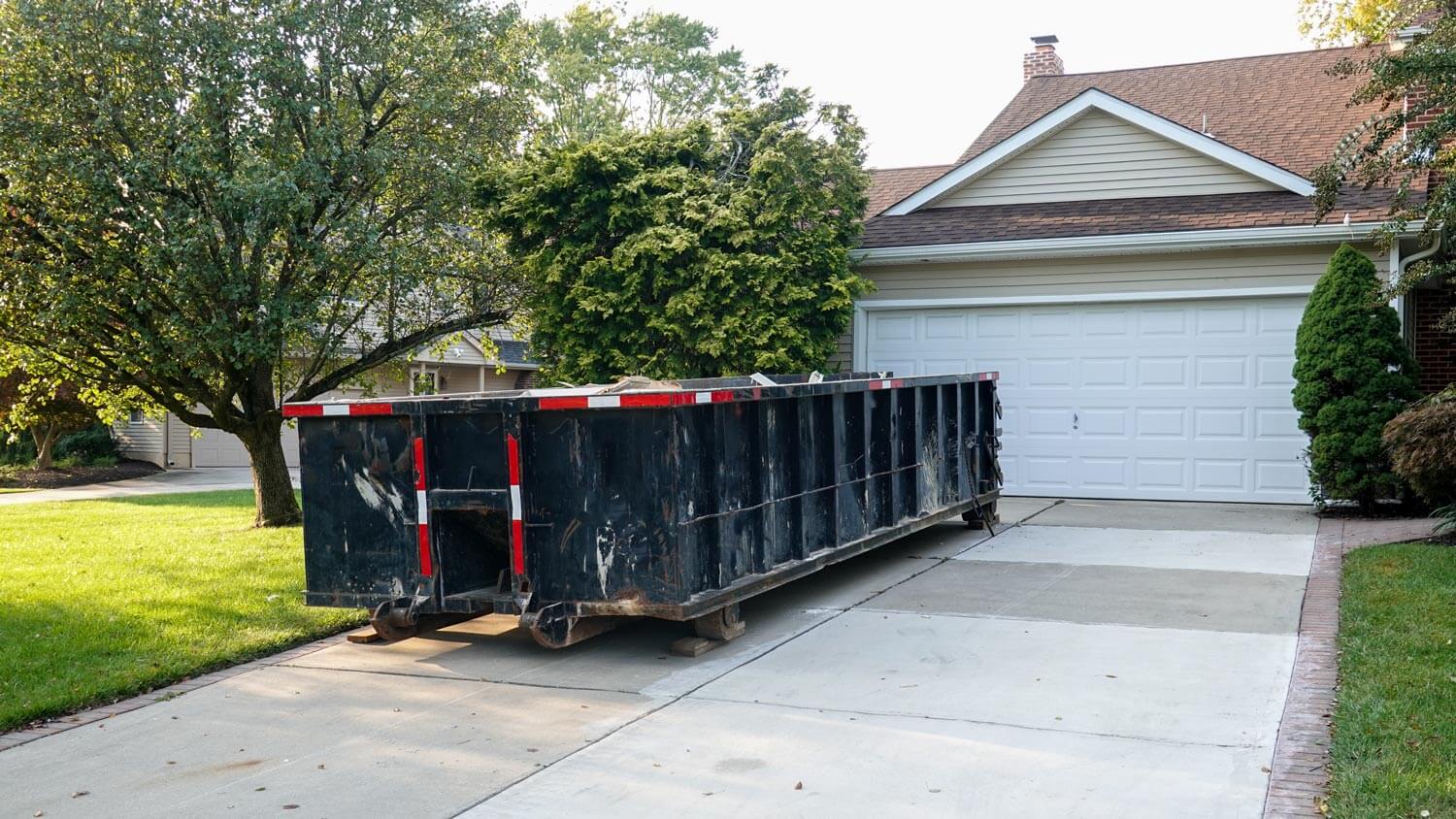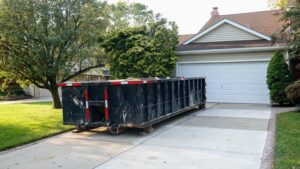Why Is Immediate Water Removal Crucial After a Flood
If you’ve ever walked into a room and felt the soggy squish of carpet underfoot or seen water creeping up the walls, you know how startling a flood can be. In those first moments, your mind races through a hundred questions—one of the most pressing being, “What do I do now?” The answer is simple but incredibly important: get rid of that water as fast as you can. Immediate water removal after a flood isn’t just a good idea; it’s the difference between a quick recovery and a lasting disaster. Let’s dig into why acting fast really matters, and what could happen if you wait too long.
Floodwater Waits for No One
Water doesn’t just sit there politely after a flood—it seeps, crawls, and creeps into every little space it can find. Wooden floors? The water will swell and warp them. Drywall? It soaks it right up, turning sturdy walls into mush. Even if you can’t see it, water finds its way into cracks and behind baseboards. The longer it sits, the more damage it creates.
Think of your home like a sponge: the longer it’s wet, the more it absorbs. And once water gets into places it shouldn’t be, getting it out and fixing the damage can be a huge headache (and expense). If you wait a day or two, the difference in cleanup and repair costs can be massive compared to acting right away.
The Hidden Enemy: Mold and Mildew
Here’s a not-so-fun fact: mold only needs about a day—sometimes less—to start growing after a flood. And once it shows up, it doesn’t go away quietly. It spreads fast, latching onto walls, ceilings, furniture, and just about anything else that’s damp. Before you know it, your house can start to smell musty and people might begin to get sniffly or develop allergies. For folks with asthma or other breathing problems, mold can be a real danger.
Tackling water right away means you’re cutting off mold’s chance to settle in. The less time moisture lingers, the less likely you’ll have to deal with a full-blown mold invasion. Once mold takes hold, it’s not only tough to remove but also expensive and potentially hazardous to your health.
Protect What Matters: Your Belongings and Your Peace of Mind
Floods don’t just threaten the structure of your home—they put your personal stuff at risk too. Photos, books, clothes, electronics, and furniture can all be ruined if left sitting in water. Quick action gives you a fighting chance to save the things you care about most.
There’s also the stress factor. The longer the water stays, the more overwhelming the cleanup becomes. Facing a huge mess is tough, but knowing you acted quickly can make the process feel more manageable and less stressful.
A Quick Look: The Cost of Waiting
To really see why speed matters, here’s a simple table comparing what could happen if you deal with floodwater right away versus if you wait a couple of days:
| Action Time | Potential Outcome |
|---|---|
| Within Hours | Minimal damage, easier cleanup, less risk of mold, personal items may be saved. |
| After 24-48 Hours | Increased risk of mold and mildew, structural damage may begin, more items ruined. |
| After Several Days | Severe mold growth, major repairs needed, most belongings lost, health risks rise. |
“Dealing with water damage is like racing a clock—the sooner you start, the less you lose.”
No Time Like Now: Steps to Take After a Flood
So, what should you do when you find flooding in your home? First things first: safety. Make sure there’s no risk from electricity or unsafe water. Once you know it’s safe, grab towels, mops, and whatever you can to start soaking up the water. If the flooding is major, call in the pros as soon as possible—they have special equipment to get the job done fast.
Open windows and doors to help things dry out faster, and move valuables to a dry spot. It might feel overwhelming, but every minute counts. The quicker you act, the more you’ll save—not just in money, but in stress and heartache too.
Wrapping Up: Fast Action, Fewer Regrets
Floods can turn your world upside down in an instant. But you don’t have to let water take over your home or your life. Remember, immediate water removal after a flood is your best defense against bigger problems down the line. It protects your house, your things, and your health. When you’re faced with a flood, act fast—you’ll be glad you did.
Read More: Arverne Water Damage Restoration













